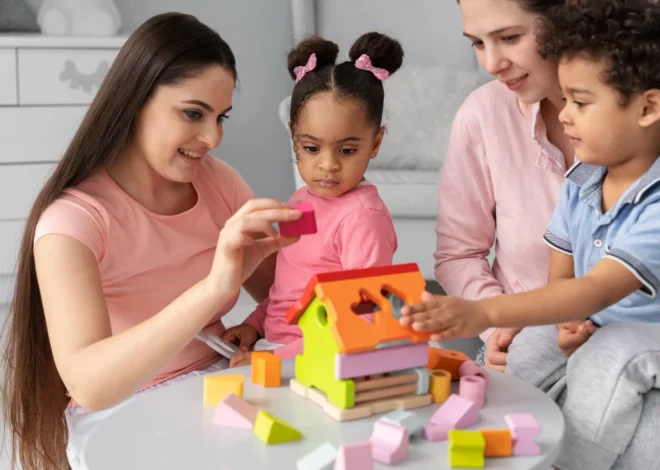Education
Powerful Bass Amps Creating Impactful Low-End Sound Perfect For Practice And Performance
Starting with the right amp matters for both new players and experienced performers. The right setup shapes confidence and builds consistency during rehearsals or live use. Many beginners begin exploring options by searching for guidance like Choosing the right bass amp: A buyer’s guide which helps explain the technical details. Understanding features early ensures smoother […]
Key Qualities to Look for in a Childcare Provider
Choosing the right childcare provider for your child is one of the most important decisions a parent can make. It is a reflection of your values and your child’s early development, so finding a provider who will nurture, protect, and educate your little one is essential. A great childcare provider doesn’t just meet your logistical […]
The Impact of Technology on Traditional Classroom Learning
Background: Lisa is a teacher at a traditional brick-and-mortar school, and she is interested in understanding the impact of technology on classroom learning. She wants to explore how technology can enhance the learning experience and whether it poses any challenges. Impact 1: Access to Information and Resources Technology has significantly expanded access to information and […]



